|
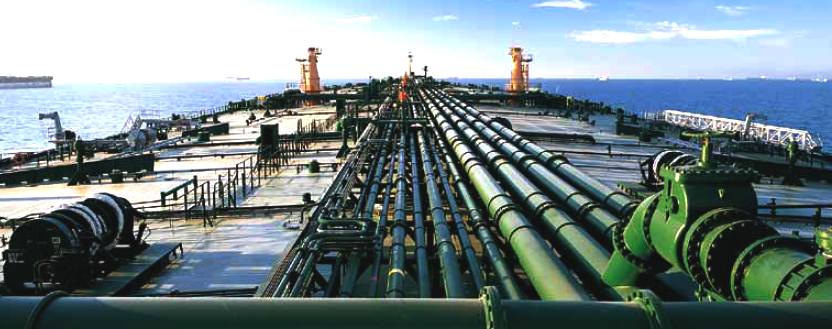
AUGUST
2004 - MARITIME
JOURNAL
The Marpol Annex VI regulations centre round ensuring vessels limit pollution in the Baltic and North Sea Emission Control Area (ECA), and time is running out for shipowners to comply.
The regulations were brought into force in 2005 and ship owners have until January 2015 to ensure they comply.
“Time is running out for businesses and private owners affected by Annex VI of the Marpol regulations. Focusing on air pollution, this section of the regulations covers the minimisation of harmful sulphur oxide (SOx) and Nitros oxide (NOx) gases,” explained Glyn Humphries from UK-based environmental services responder for
ports and harbours, Adler and Allan.
To reduce sulphur oxide, from January 2015, any fuel used onboard ships and sea-based platforms in the Baltic and North Sea ECA should not exceed sulphur levels 0.10%.
“Currently, the three year average sulphur content in fuel oils stand at 2.46%, meaning many vessels, that haven’t done so already, will need to take steps to improve
fuel quality,” added Mr Glyn.
Fuel affected include heavy fuel oils (HFO), marine diesel oils and gas oils. The regulations also prohibit the deliberate emissions of
ozone-depleting substances, such as those which could occur through burning HFOs.
“Ship owners much make sure they choose fuel suppliers which guarantee product that meets the stipulated low sulphur content; gas oil is likely to be the new fuel of choice. Before new fuels are used, however, their containment tanks and fuel systems must be properly cleaned to prevent the risk of contamination. In addition, qualifying vessels must keep a list of equipment containing ozone depleting substances on board and take steps to limit Nitros
Oxide (NOx) levels,” concluded Mr
Glyn.
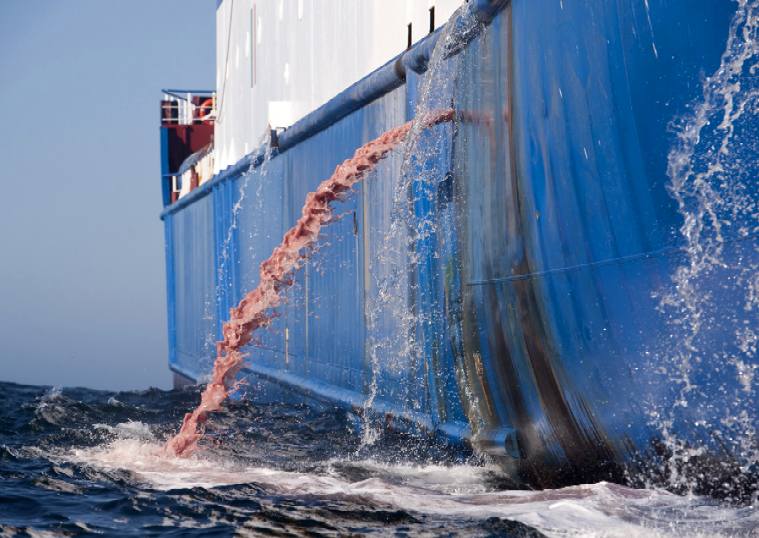
FISH
RESPONSIBLY - We
need fish for food that are toxin free. But, modern fishing boats and
ships pollute the seas as they wreak havoc with the eco system using their
nets, while pumping exhaust fumes into the atmosphere. It's a MARPOL
nightmare that needs to be reigned in until fishing fleets are no longer
marine polluters, and ocean plastic, and other wastes are addressed. We
are a long way off, but there are possible solutions just over the
horizon.
1st
JANUARY 2014 - 2010 October MARPOL amendments
The amendments which entered into force on 1 January 2014 include a revised MARPOL Annex III Regulations for the prevention of pollution by harmful substances carried by sea in packaged form, to include changes to the Annex to coincide with the next update of the mandatory International Maritime Dangerous Goods (IMDG) Code, specifying that goods should be shipped in accordance with relevant provisions.
United States Caribbean ECA now effective
The United States Caribbean Sea Emission Control Area (SOx, NOx and PM) came into effect, under MARPOL Annex VI, on 1 January 2014, bringing in stricter controls on emissions of sulfur oxide (SOx), nitrogen oxide (NOx) and particulate matter for ships trading in certain waters adjacent to the coasts of
Puerto Rico and the United States Virgin Islands.
The ECA was designated under MARPOL amendments adopted in July 2011. There are now four three designated ECAs in effect globally: the United States Caribbean Sea ECA and the North American ECA; and the sulfur oxide ECAs in the Baltic Sea area and the North Sea area.
See: MARPOL
Annex VI regulation
14. Coordinates for the Caribbean Sea ECA can be found in Resolution
MEPC.202(62).
MARPOL
HISTORY
Marpol 73/78 is the International Convention for the Prevention of
Pollution From Ships, 1973 as modified by the Protocol of 1978. ("Marpol" is short for marine pollution and 73/78 short for the years 1973 and 1978.)
Marpol 73/78 is one of the most important international marine environmental conventions. It was designed to minimize pollution of the seas, including dumping, oil and exhaust pollution. Its stated object is to preserve the marine environment through the complete elimination of pollution by oil and other harmful substances and the minimization of
accidental discharge of such substances.
The original MARPOL was signed on 17 February 1973, but did not come into force due to lack of ratifications. The current convention is a combination of 1973 Convention and the 1978 Protocol. It entered into force on 2 October 1983. As of May 2013, 152 states, representing 99.2 per cent of the world's shipping tonnage, are parties to the convention.
All ships flagged under countries that are signatories to MARPOL are subject to its requirements, regardless of where they sail and member nations are responsible for vessels registered under their respective nationalities.
|
Annex
|
Title
|
Entry
into force
|
No.
of Contracting Parties/Statesα
|
%
of the World Tonnageβ
|
|
.
|
.
|
.
|
.
|
.
|
|
Annex
I
|
Prevention
of pollution by oil
|
2
October 1983
|
152
|
99.20
|
|
Annex
II
|
Control
of pollution by noxious liquid substances
|
2
October 1983
|
153
|
99.20
|
|
Annex
III
|
Prevention
of pollution by harmful substances in packaged form
|
1
July 1992
|
138
|
97.59
|
|
Annex
IV
|
Prevention
of pollution by sewage from ships
|
27
September 2003
|
131
|
89.65
|
|
Annex
V
|
Prevention
of pollution by garbage from ships
|
31
December 1988
|
144
|
98.47
|
|
Annex
VI
|
Prevention
of air pollution from ships
|
19
May 2005
|
72
|
94.70
|
|
Notes
-
α
As of 31 July 2013
-
β
Based on World Fleet Statistics as of 31
December 2012
|
|
|
IMPLEMENTATION
& ENFORCEMENT
In order for
IMO standards to be binding, they must first be ratified by a total number of member countries whose combined gross tonnage represents at least 50% of the world's gross tonnage, a process that can be lengthy. A system of tacit acceptance has therefore been put into place, whereby if no objections are heard from a member state after a certain period has elapsed, it is assumed they have assented to the treaty.
All six Annexes have been ratified by the requisite number of nations; the most recent is Annex VI, which took effect in May 2005. The country where a ship is registered (Flag State) is responsible for certifying the ship's compliance with MARPOL's pollution prevention standards. Each signatory nation is responsible for enacting domestic laws to implement the convention and effectively pledges to comply with the convention, annexes, and related laws of other nations. In the United States, for example, the relevant implementation legislation is the Act to Prevent
Pollution from Ships.
One of the difficulties in implementing MARPOL arises from the very international nature of maritime shipping. The country that the ship visits can conduct its own examination to verify a ship's compliance with international standards and can detain the ship if it finds significant noncompliance. When incidents occur outside such country's jurisdiction or jurisdiction cannot be determined, the country refers cases to flag states, in accordance with MARPOL. A 2000 GAO report documented that even when referrals have been made, the response rate from flag states has been poor.
Marpol 73/78 is one of the most important international marine environmental conventions. It was designed to minimize pollution of the seas, including dumping, oil and exhaust pollution. Its stated object is to preserve the marine environment through the complete elimination of pollution by oil and other harmful substances and the minimization of accidental discharge of such substances.
The original MARPOL was signed on 17 February 1973, but did not come into force due to lack of ratifications. The current convention is a combination of 1973 Convention and the 1978 Protocol. It entered into force on 2 October 1983. As of May 2013, 152 states, representing 99.2 per cent of the world's shipping tonnage, are parties to the convention.
All ships flagged under countries that are signatories to MARPOL are subject to its requirements, regardless of where they sail and member nations are responsible for vessels registered under their respective nationalities.
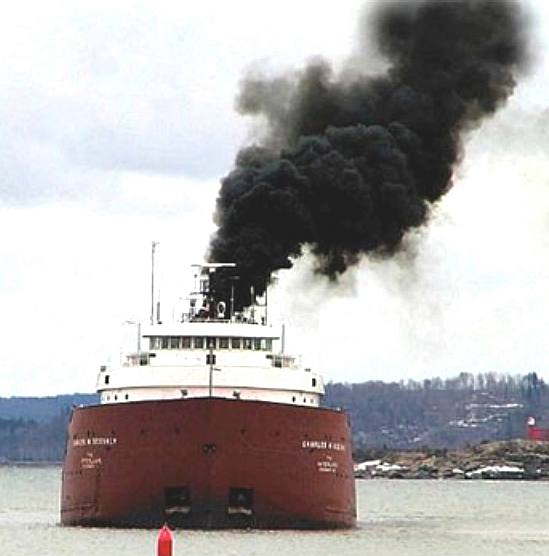
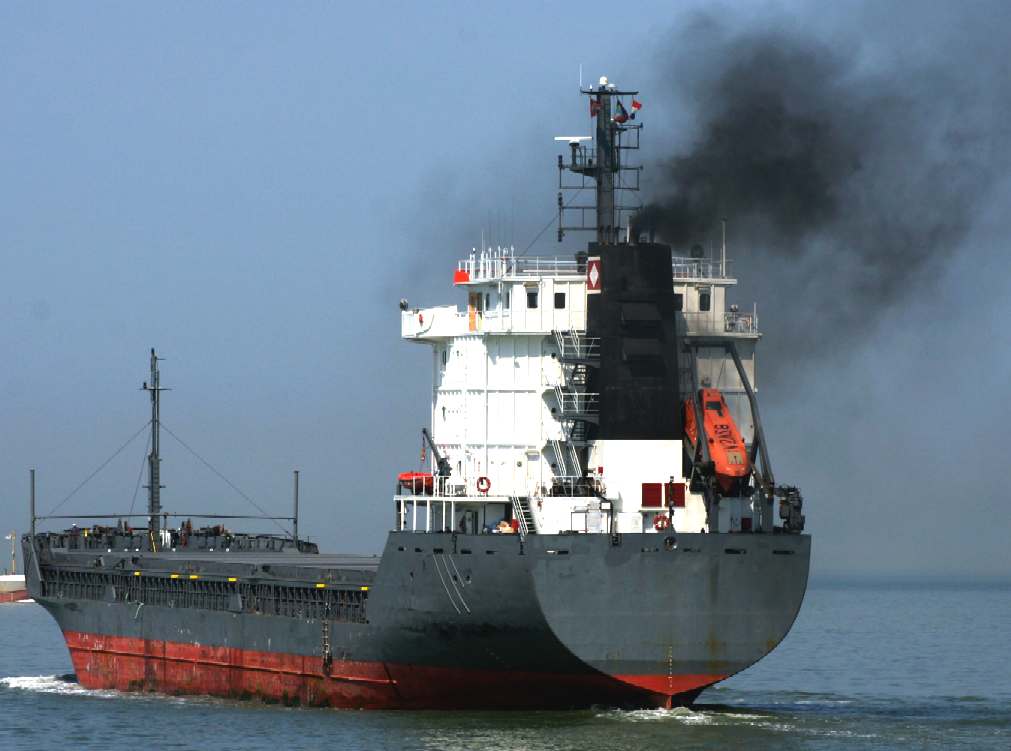
MERCHANT
SHIPPING (POLLUTION) ACT 2006
The Merchant Shipping (Pollution) Act 2006 (c 8) is an Act of the
Parliament of the United Kingdom. It has three main purposes: to give effect to the Supplementary Fund Protocol 2003, to give effect to Annex IV of the MARPOL Convention, and to amend section 178(1) of the Merchant Shipping Act 1995.
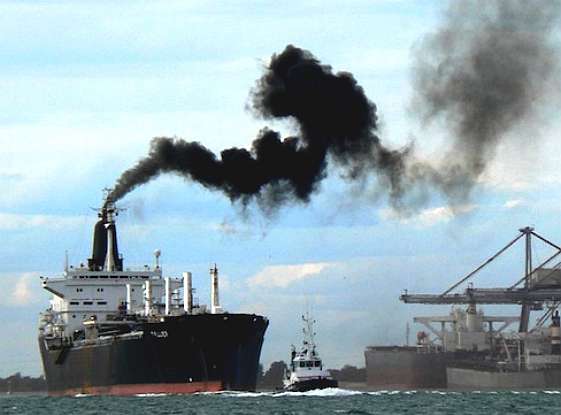
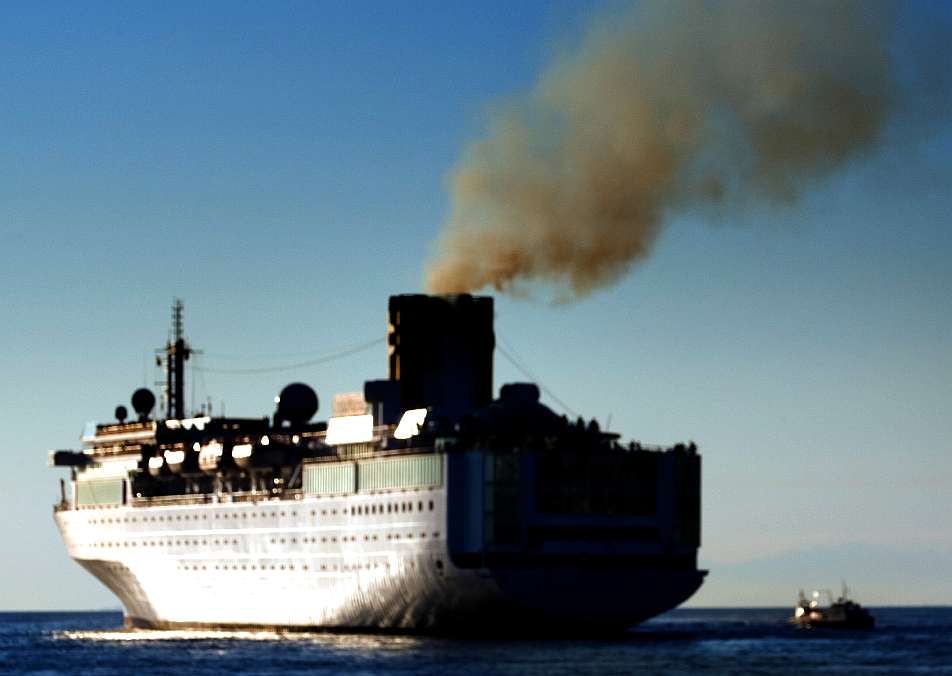
HORIZON
2020 - RESEARCH COLLABORATION OPPORTUNITY
No
doubt spurred on by MARPOL, the
EU is looking for proposals
that will eventually give zero, or near zero emission ocean transport.
Bluebird Marine Systems Ltd is looking for European partners to prove the
concept of a zero emission hybrid vessel that harvests a mix of solar and
wind energy to give cruising speeds that will be competitive against ships
using expensive bunker
fuels. Please contact
us urgently if this is of interest to your organization.
LINKS:
http://www.maritime-executive.com/article/SOLAS-MARPOL-Amendments-Enter-Into-Force-2014-01-02/
http://www.imo.org/international-convention-for-the-prevention-of-pollution-from-ships-(marpol)
Liquid
minerals fuels
Platts
commodity oil
Platts
Shipping Bunker Fuel
PEJ
news
Assa-kz
Bunker
WP
marine bunker_fuel
Kittiwake
bunker fuel testing analysis
MARPOL
Marine_fuel_management
Merchant_Shipping_(Pollution)_Act_2006
Fuel_oils
http://www.liquidminerals.com/fuels.htm
http://www.platts.com/commodity/oil
http://www.platts.com/Shipping/BunkerFuel
http://pejnews.com
http://www.assa-kz.com/en/services/Bunker/
http://www.wp-marine.co.uk/bunker_fuel.html
http://www.kittiwake.com/bunker-fuel-testing-analysis
http://en.wikipedia.org/wiki/MARPOL
http://en.wikipedia.org/wiki/Marine_fuel_management
http://en.wikipedia.org/wiki/Merchant_Shipping_(Pollution)_Act_2006
http://en.wikipedia.org/wiki/Fuel_oil
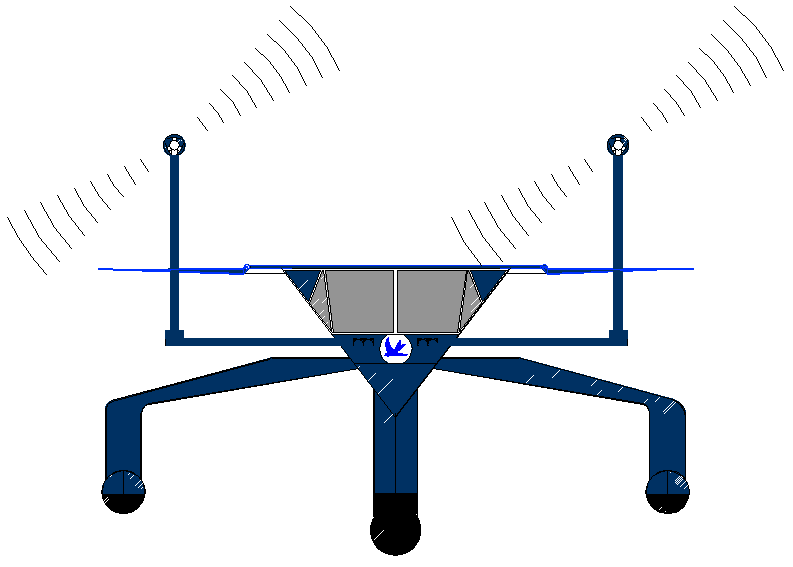
Forget
bunker fuel, electric ships are now possible that operate on nothing but energy
harvested directly from nature. The Bluebird
ZCC above is a 50 ton
vessel with a low frontal area and hyper stable SWASH hull, as with the
proposed merchant ZZC
platforms. This version is upgraded to 40kW wind turbines. The total
energy harvesting capacity of this design is around 176kW (235hp), giving an Energy
Harvested to Displacement ratio (EH/D) of 3.52kW/ton (4.72hp/ton). Larger
versions of this format could be the emission free cargo ships of
the future. The hull is 50m (163ft) hull on the waterline, length OAL is
56M (183ft). The sprint speed of this craft will be in the 20+ knot region
- dependent on active hull deployment, booster motor specifications and
hull treatments.
The
cost of diesel fuel to operate this ship continuously for a year is
approximately: .29gals/hp x 117 x 24 x 365 = $297,226.80 (£183,393.99) In
ten years that would be $2.97M (£1.83M). Fuel for thought!
Alternatively,
Navies may reduce their fleet's carbon footprint by replacing craft that
would otherwise belch black smoke with as many of the above ZCCs as they
can use for mine sweeping, hydrography, pirate patrols and other duties -
so keeping larger, older, warships that take time to replace, afloat for
longer.
|






